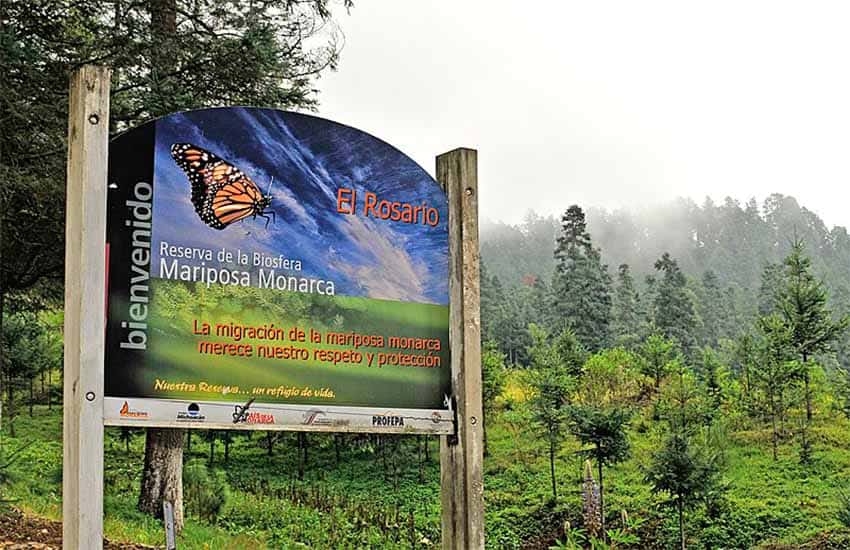The monarch butterfly has officially arrived in Michoacán.
According to the Revolución News, the first colonies were spotted around noon on Nov. 1 before millions of butterflies arrived in huge clouds by the afternoon.
Michoacán is home to the Monarch Butterfly Biosphere Reserve, which spans over 562 square kilometers (also including parts of México state) and is recognized as a UNESCO World Heritage Site. Every year, the reserve welcomes around 200 million butterflies that make a journey of some 4,000 kilometers from Canada to nest in the pine and fir forests of Mexico.
The ejidatarios (communal landowners) of El Rosario Butterfly Sanctuary confirmed the arrival of the butterflies and are expecting the arrival of at least 250 million this year.
The sanctuaries are set to open to the public in the second half of November. The region expects 511,000 tourists this year, around 7% more than last season, according to the Tourism Minister for Michoacán, Roberto Monroy García.
The season is expected to bring in 625 million pesos (US $35 million) of economic revenue for the state.

“They are flying in the United States and Canada, but their breeding sanctuaries are concentrated in the Michoacán forests,” Monroy told newspaper El Universal.
Michoacán has three monarch butterfly sanctuaries open to the public: El Rosario (the largest), Sierra Chincua and Senguio, which are home to the butterflies from November to March each year. Visitors can walk around the designated areas on foot or on horseback. México state also has three butterfly sanctuaries open to the public.
The International Union for Conservation of Nature (IUCN) declared the migratory monarch butterfly as endangered last year. However, on September 27, the subspecies was downgraded by the organization to “vulnerable to extinction,” a lower level in the risk classification system.
The reason for this change is that the IUCN has found that the models that predicted the insect’s disappearance were overly cautious, and the numbers are declining more slowly than previously thought.
With reports from Revolución News, El Universal, National Geographic and Gobierno de Michoacán
